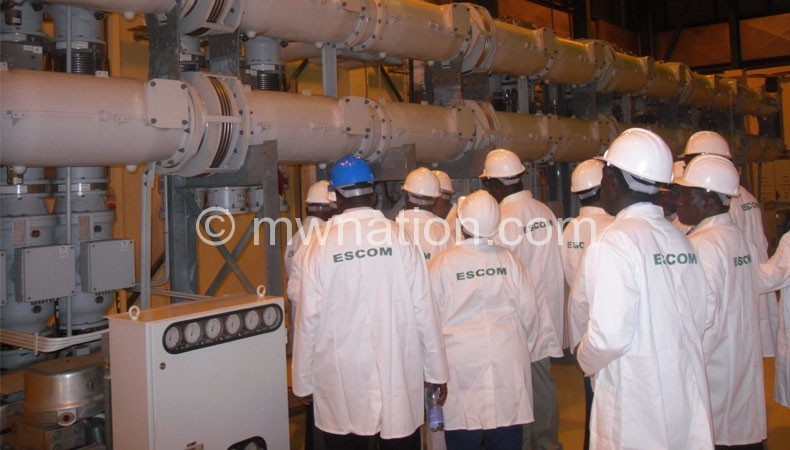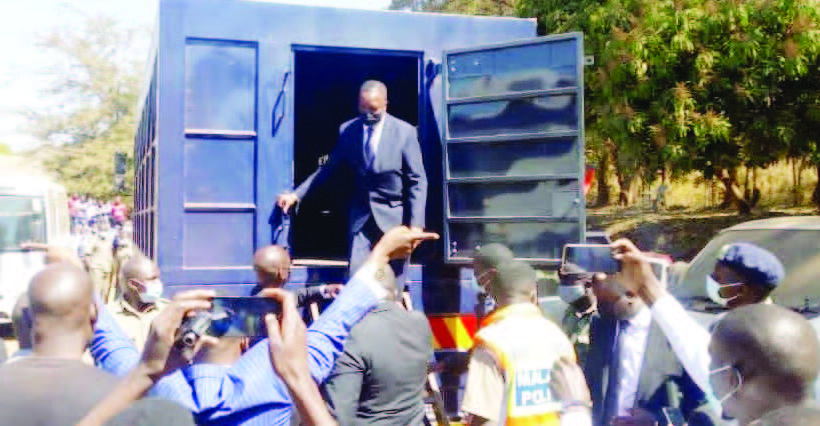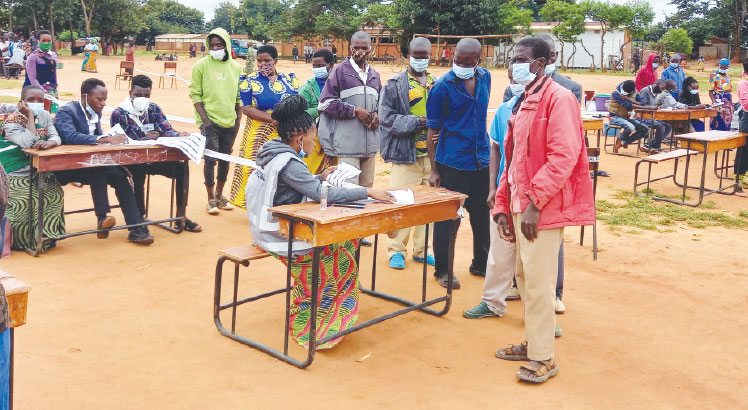Price clouds new power deal
Pricing issues have clouded negotiations on the power purchase agreement (PPA) between Escom and Intra Energy Corporation (IEC) on the production of 120 megawatts (MW) coal-fired power under Project Pamodzi in Chipoka, Salima, sources have told Weekend Nation.
Weekend Nation sources say Escom is considering buying the power from the Australia Securities Exchange (ASX)-listed IEC at 12 cents (K49.44) per kilowatt per hour (kWh) and sell to consumers at 20 cents (K82.40) kWh, which is more than double the K43.24 per kWh that the parastatal currently charges.

The potential high tariffs have riled Consumers Association of Malawi (Cama) executive director John Kapito who, in an interview on Thursday, said if the Electricity Supply Corporation of Malawi (Escom) closes such a deal, it would bring “exorbitant and sinful” charges to the consumers.
“The opening up of the industry to ensure that other power producers come in was to create competition in the sector where others could procure power to distribute. As it is now, there is no competition because the market is still controlled by Escom,” he said.
Kapito said the energy sector needs more players so that electricity tariffs are affordable to the consumers who are struggling to make ends meet because of the rising cost of living.
Escom public relations manager Kitty Chingota could not specifically comment on the PPA with IEC, which will be the first operating Independent Power Producer (IPP) subject to being issued with a licence by the Malawi Energy Regulatory Authority (Mera).
She said in an e-mailed response that “Escom has not signed a PPA or made any commitment on the matter”, adding that the negotiations with IEC are ongoing.
IEC company secretary Rozanna Lee told Weekend Nation last week that since signing a memorandum of understanding (MoU) with the Malawi Government in March 2013, the mining firm has completed the technical and commercial prefeasibility studies of the project.
“Intra Energy is currently working with Escom to resolve a power purchase agreement and is expected to be completed shortly. This is an important milestone for both parties,” she said.
Lee was also non-committal on the price they will be selling power to Escom.
But the company maybe banking hopes on the four-year tariff increase approved by Mera in April this year that will enable the parastatal to move towards cost-reflective tariffs, which experts say is critical for the implementation of privately sponsored power generation projects.
“It is important to note that the Mera regulations allow for adjustments of Escom’s consumer tariffs when revenue requirements are changing i.e. the introduction of a new generation project,” said Lee.
In April this year, Escom—following Mera’s approval—raised its tariff by 37.28 percent to be spread over a four-year period from 2014 to 2017.
The first increase of 13.5 percent was implemented on April 4 2014, a further 18.18 percent will be effected in 2015; 8.9 percent in 2016 and 1.9 percent in 2017.
According to Lee, her company is in the process of refining the implementation costs of Project Pamodzi, but said the firm is confident that the final costs will be competitive for a new-build coal-fired power generation project. She added that the costs will be approved by Mera.
Mera chief executive officer Raphael Kamoto also distanced the energy regulator from the PPA negotiations, saying they are taking place between Escom and Intra Energy.
He noted that Mera will only come in when the two parties have agreed on the terms of the PPA and have applied to Mera for approval.
“Mera applies the revenue requirement approach to tariff determination. This means that electricity tariffs are set in such a way as to allow the service provider to recoup the cost of supply and make a reasonable return on investment,” said Kamoto.
Mera, he said, sets the tariff to provide a conducive environment for private sector participation so that the tariff provides an incentive for private investment and that government advances its social objective of extending electricity services to domestic customers and the poor in an affordable manner.
Energy experts and commentators have argued before that the IPP model is an opportunity for Malawi to attract the much-needed private investment in the power generation sector, which Escom has always monopolised.
IEC, together with local partner Consolidated Mining Industries (CMI), jointly formed a company called Malcoal Mining Limited and in January 2013 acquired the operating licence for Nkhachira Coal Mine in Karonga.
The company will be utilising this coal to generate power and could also extend the project in a second phase by another 120 to 200MW subject to future conditions of the transmission grid.
Project Pamodzi could provide diversification of the current generation mix because almost 100 percent of the power generation capacity is hydro-based, which creates substantial issues due to variations in hydrology on the Shire River, where most of the hydro plants are located.





